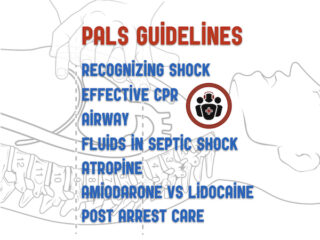pediatric emergency medicine
BCE 67 Child Abuse – Sentinel Injuries
In anticipation of EM Cases Episode 107 on Pediatric Physical Abuse with Dr. Carmen Coombs and Dr. Alyson Holland, Dr. Coombs tells her Best Case Ever (actually worst case ever) that inspired her to pursue expertise in pediatric physical abuse...










